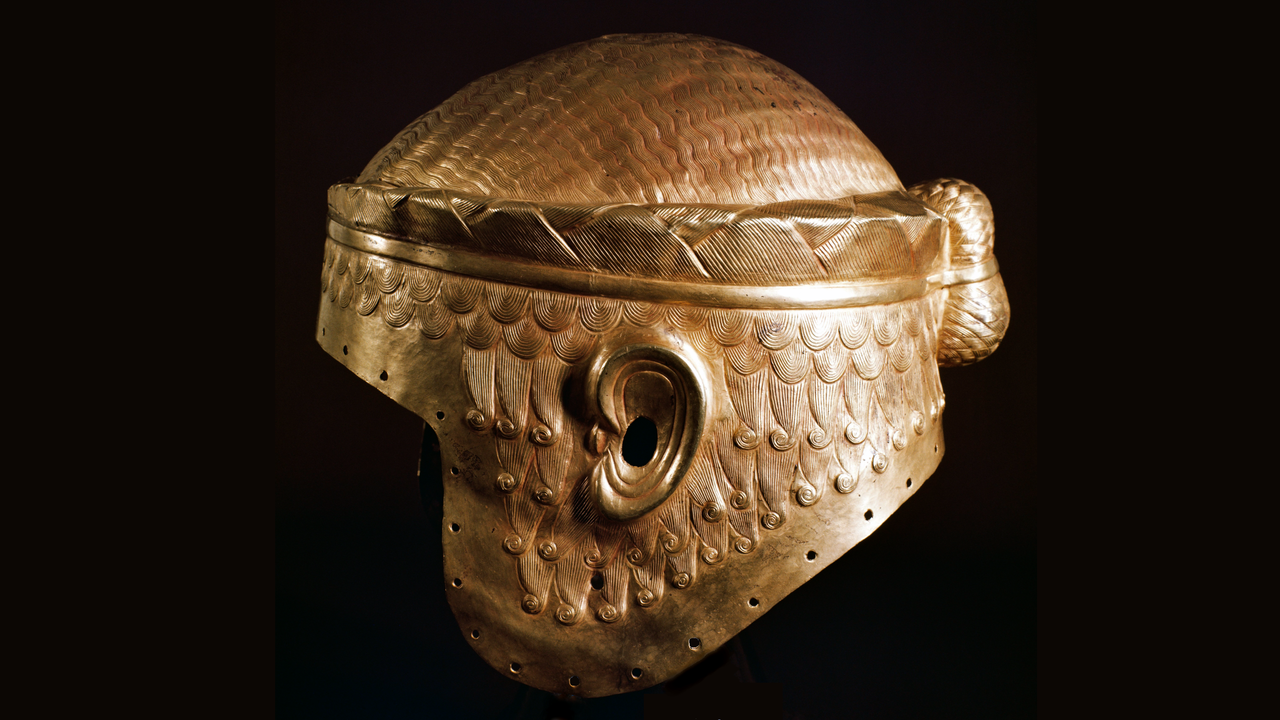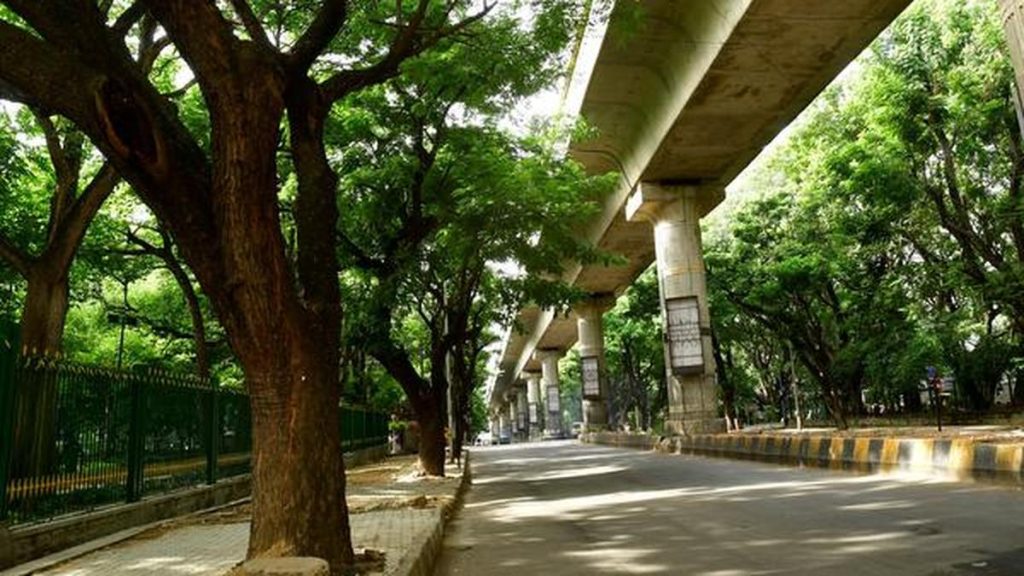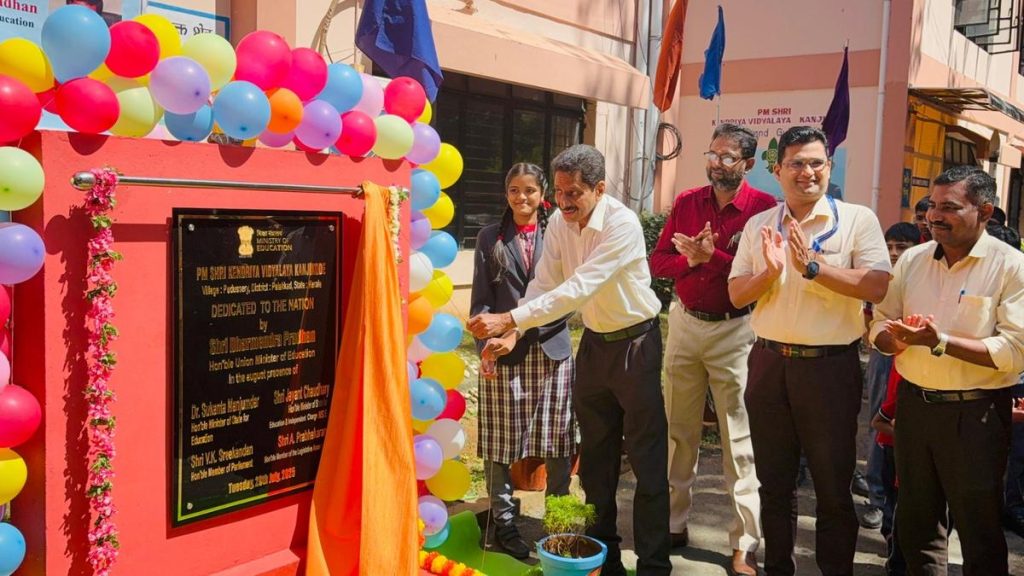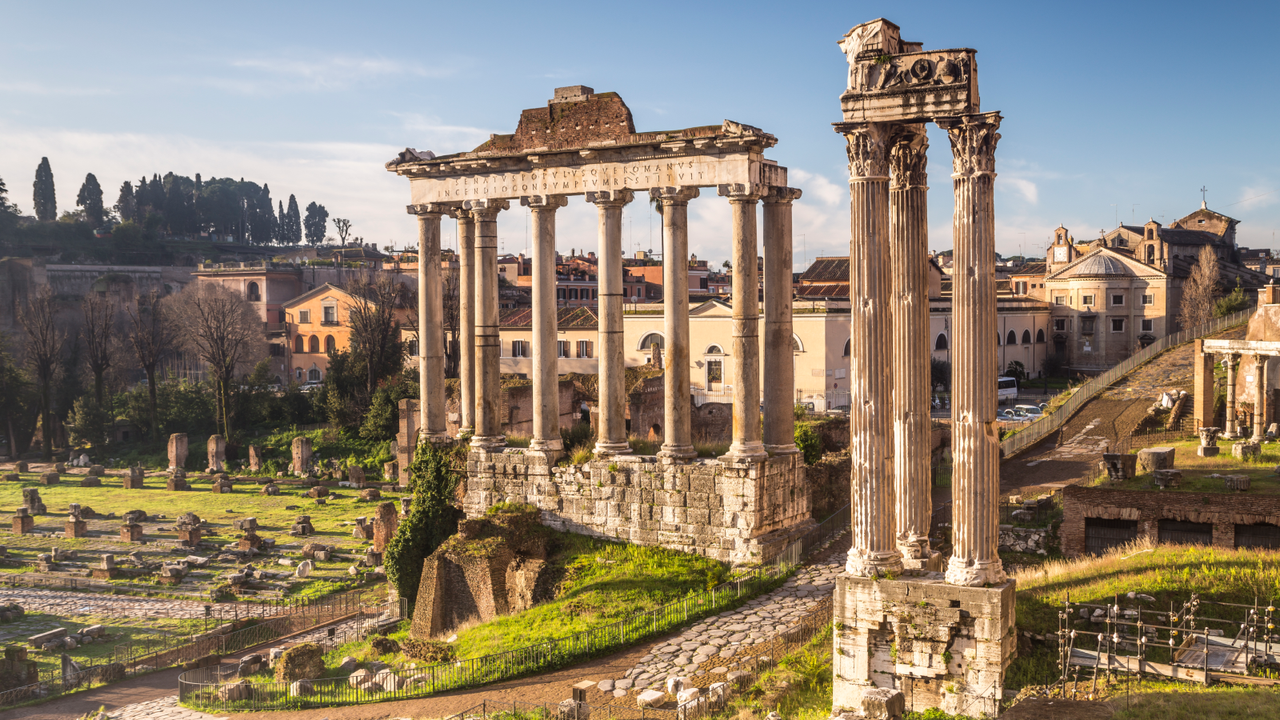Now Reading: World’s Oldest Helmet Reveals Mesopotamian Prince’s Ancient Style
-
01
World’s Oldest Helmet Reveals Mesopotamian Prince’s Ancient Style
World’s Oldest Helmet Reveals Mesopotamian Prince’s Ancient Style

Fast Summary
- Artifact Name: meskalamdug’s Helmet
- Composition: Made from one sheet of 15-karat gold, shaped like a wig
- Origin: Found in the Royal Cemetery at Ur (modern-day southern Iraq) by British archaeologist sir Leonard Woolley in 1927.
- Date: Circa 2600 B.C. – attributed to the first Dynasty of Ur.
- purpose and Craftsmanship: Likely a ceremonial headdress modeled to resemble tied-back wavy hair and ears. Holes provided practicality for hearing,chin straps,and internal quilted lining attachment traces were visible upon revelation.
- Ownership History: Hidden before Iraq’s First Gulf War; original recovered in 2003 and now resides at Baghdad’s Iraq Museum.Replicas are housed at the British Museum and penn Museum.
- Associated Tomb Findings: Included alabaster vases, gold daggers, bowls listing the name “Meskalamdug” (meaning “hero of the good land”). Woolley theorized Meskalamdug might have been a prince rather than a king due to modest tomb surroundings.
- Comparison & Heritage Insight: Distinctive craftsmanship contrasts with ordinary copper helmets worn by soldiers but bears stylistic similarities to headgear used by rulers Eannatum and Sargon of Akkad.
Indian Opinion Analysis
The discovery of Meskalamdug’s helmet offers an invaluable glimpse into ancient Mesopotamian artistry and societal structures during the early dynasties circa 2600 B.C., revealing both finesse in craftsmanship and symbolic importance within elite burial practices. For india-a nation deeply rooted in its archeological heritage-the preservation techniques employed during wartime add lessons for safeguarding prized artifacts amid conflict or unrest.
India’s rich history includes remnants from Indus Valley Civilization contemporaneous with ancient Mesopotamia; such comparative studies can deepen understanding about early technological advancements across civilizations globally connected indirectly through cultural evolution timelines.
Furthermore, fostering awareness around artifacts like this may encourage Indian institutions-museums or universities-to invest further resources into worldwide archaeological collaborations that highlight humanity’s shared history while honing expertise related to artifact conservation methods critical for maintaining India’s treasures such as those in Mohenjo-Daro or harappa sites.

























